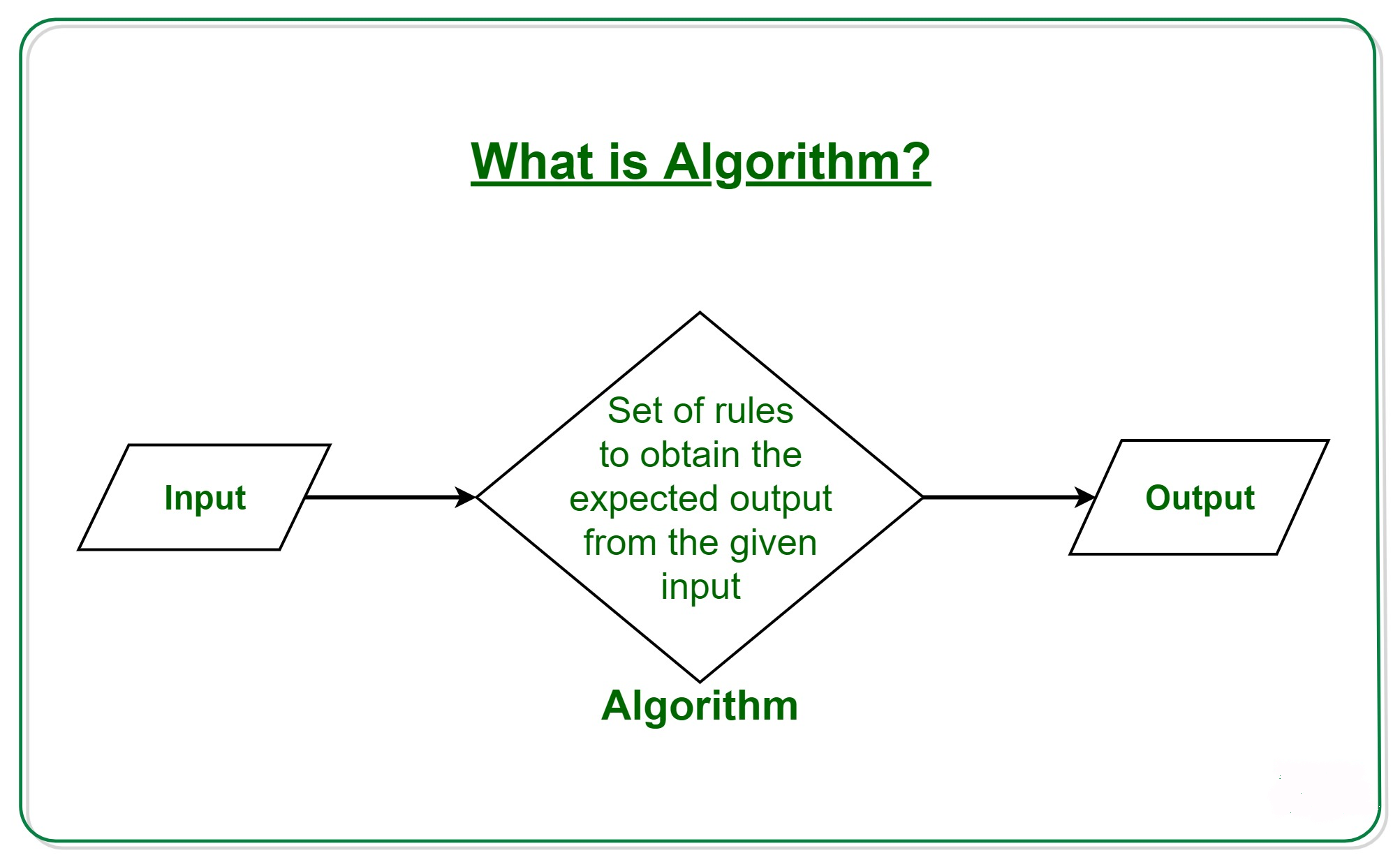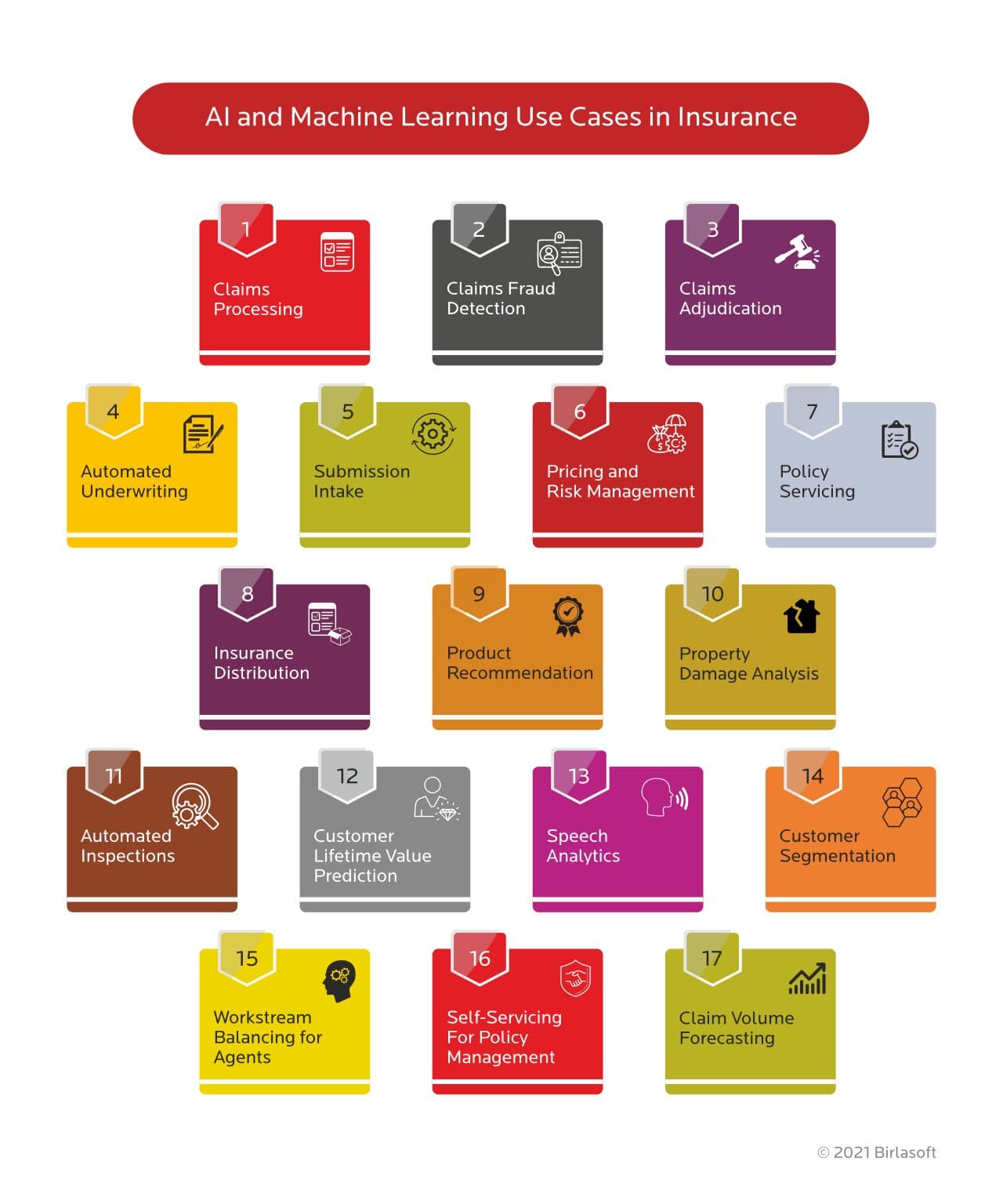
Neuroevolution is a major field of research that studies the evolution of brains, and behavior. Computer vision and video games are the most prominent applications of neuroevolution. It addresses the limitations of direct encryption, competitive coevolution, artificial ontogeny, and other forms of coding. This article examines some of these issues and considers how they may be applied to video games.
Applications of neuroevolution to video games
Neuroevolution can be used to determine the preferences of human gamers in video games. There are many benefits to this method, but also some disadvantages. The "black box" nature evolved neural networks makes understanding the behavior of the system difficult, which can lead to problems in quality assurance and game development. It may not work for all games, and it is inconsistent with existing design principles.
Although neuroevolution is applicable to many tasks, it's particularly interesting when applied in games. It can help create game content and strategies by learning from the input to the game. Interactive evolution, for example, is used by the game NERO. Players can train their NPCs and have them perform certain tasks. The evolution process can be customized by the player, allowing him to set his own objectives.

Limitations to neuroevolutionary direct encoding
Direct encoding is expensive in memory. However, indirect encodings allow for the creation of larger ANNs. One example of an indirect encoding is the compositional patterns-producing network, created by the Evolutionary Complexity Research Group of University of Central Florida. It only uses a few genes to encode regular patterns. These patterns are quite common in natural brains.
Geometric Encoding, however, projects neurons onto latent Euclidean spatial, which can be between 2 and 10 dimensions. Distance functions can be used to compute the weight for each connection in this system. This weight is based on the distance between neurons in the coordinate system.
Competitive coevolution
The biological process of competitive coevolution encourages the development and maintenance of a new brain structure or gene. This process uses genetic code to generate new genomes, which can then be re-combined. This allows offspring genomes explore new architectures and weight distributions. It allows for the spread of good traits across the population.
Neuroevolution is dependent on a set parameters (hyperparameters) to allow for evolutionary processes. These parameters can change according to the environment. The search space refers to the scope of these parameters. It can be quite large or very narrow. However, you can narrow it further to optimize neuroevolution.

Artificial ontogeny
Neuroevolution is a fascinating branch of biology. It is an evolutionary process that took millions of generations to develop on Earth. It is however difficult to reproduce this process on real machines. Instead, artificial evolution work takes place in a simulation setting with the hopes that the results can be transferred to a real-world system.
By creating an artificial ontogeny, neuroevolution can easily be emulated. This allows the introduction of genetic architecture in small increments. This allows for scalable, compressible development that exploits constraints to evolve. It also allows coordinated variability in phenotypic factors, allowing linkage-learning. However, existing neuroevolution systems are biased towards low-complexity phenotypes, and they are difficult to evolve higher-complexity phenotypes.
FAQ
Are there risks associated with AI use?
Of course. There will always be. AI could pose a serious threat to society in general, according experts. Others argue that AI is necessary and beneficial to improve the quality life.
AI's potential misuse is the biggest concern. It could have dangerous consequences if AI becomes too powerful. This includes robot overlords and autonomous weapons.
AI could also take over jobs. Many fear that robots could replace the workforce. But others think that artificial intelligence could free up workers to focus on other aspects of their job.
For instance, economists have predicted that automation could increase productivity as well as reduce unemployment.
Is Alexa an AI?
The answer is yes. But not quite yet.
Amazon's Alexa voice service is cloud-based. It allows users speak to interact with other devices.
The Echo smart speaker, which first featured Alexa technology, was released. Other companies have since created their own versions with similar technology.
Some of these include Google Home, Apple's Siri, and Microsoft's Cortana.
How does AI work?
Understanding the basics of computing is essential to understand how AI works.
Computers store information on memory. Computers process data based on code-written programs. The computer's next step is determined by the code.
An algorithm is a set or instructions that tells the computer how to accomplish a task. These algorithms are usually written in code.
An algorithm could be described as a recipe. A recipe could contain ingredients and steps. Each step might be an instruction. One instruction may say "Add water to the pot", while another might say "Heat the pot until it boils."
What is the current status of the AI industry
The AI industry continues to grow at an unimaginable rate. By 2020, there will be more than 50 billion connected devices to the internet. This will enable us to all access AI technology through our smartphones, tablets and laptops.
Businesses will have to adjust to this change if they want to remain competitive. If they don’t, they run the risk of losing customers and clients to companies who do.
It is up to you to decide what type of business model you would use in order take advantage of these potential opportunities. Do you envision a platform where users could upload their data? Then, connect it to other users. Maybe you offer voice or image recognition services?
Whatever you choose to do, be sure to think about how you can position yourself against your competition. It's not possible to always win but you can win if the cards are right and you continue innovating.
What is the role of AI?
An artificial neural network is made up of many simple processors called neurons. Each neuron takes inputs from other neurons, and then uses mathematical operations to process them.
Neurons are organized in layers. Each layer performs a different function. The first layer receives raw data, such as sounds and images. These are then passed on to the next layer which further processes them. Finally, the output is produced by the final layer.
Each neuron has its own weighting value. This value gets multiplied by new input and then added to the sum weighted of all previous values. If the number is greater than zero then the neuron activates. It sends a signal up the line, telling the next Neuron what to do.
This process repeats until the end of the network, where the final results are produced.
What's the future for AI?
The future of artificial intelligent (AI), however, is not in creating machines that are smarter then us, but in creating systems which learn from experience and improve over time.
We need machines that can learn.
This would require algorithms that can be used to teach each other via example.
We should also consider the possibility of designing our own learning algorithms.
Most importantly, they must be able to adapt to any situation.
What can you do with AI?
AI has two main uses:
* Prediction – AI systems can make predictions about future events. AI can be used to help self-driving cars identify red traffic lights and slow down when they reach them.
* Decision making. AI systems can make important decisions for us. You can have your phone recognize faces and suggest people to call.
Statistics
- While all of it is still what seems like a far way off, the future of this technology presents a Catch-22, able to solve the world's problems and likely to power all the A.I. systems on earth, but also incredibly dangerous in the wrong hands. (forbes.com)
- A 2021 Pew Research survey revealed that 37 percent of respondents who are more concerned than excited about AI had concerns including job loss, privacy, and AI's potential to “surpass human skills.” (builtin.com)
- In the first half of 2017, the company discovered and banned 300,000 terrorist-linked accounts, 95 percent of which were found by non-human, artificially intelligent machines. (builtin.com)
- By using BrainBox AI, commercial buildings can reduce total energy costs by 25% and improves occupant comfort by 60%. (analyticsinsight.net)
- Additionally, keeping in mind the current crisis, the AI is designed in a manner where it reduces the carbon footprint by 20-40%. (analyticsinsight.net)
External Links
How To
How to create an AI program
To build a simple AI program, you'll need to know how to code. Although there are many programming languages available, we prefer Python. There are many online resources, including YouTube videos and courses, that can be used to help you understand Python.
Here's how to setup a basic project called Hello World.
First, you'll need to open a new file. On Windows, you can press Ctrl+N and on Macs Command+N to open a new file.
In the box, enter hello world. Press Enter to save the file.
To run the program, press F5
The program should say "Hello World!"
But this is only the beginning. You can learn more about making advanced programs by following these tutorials.